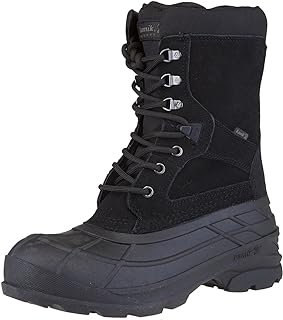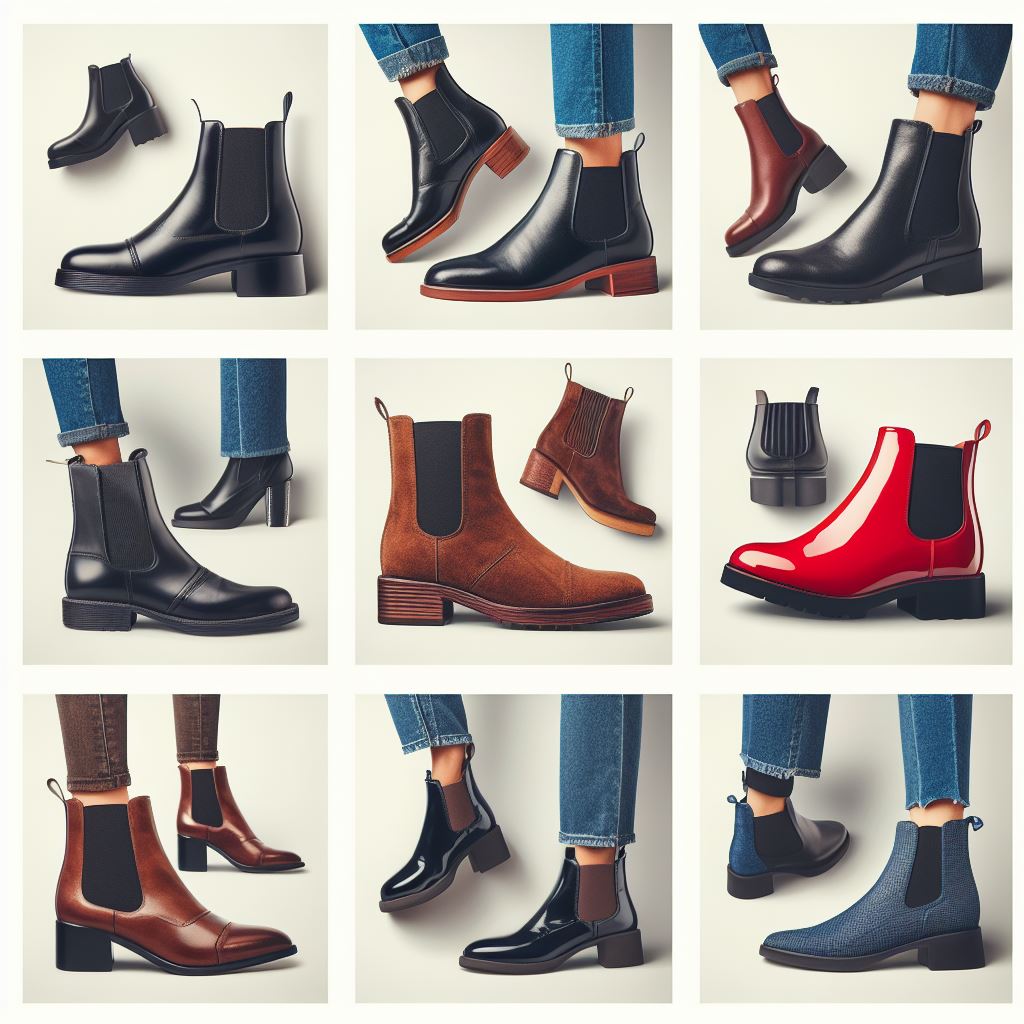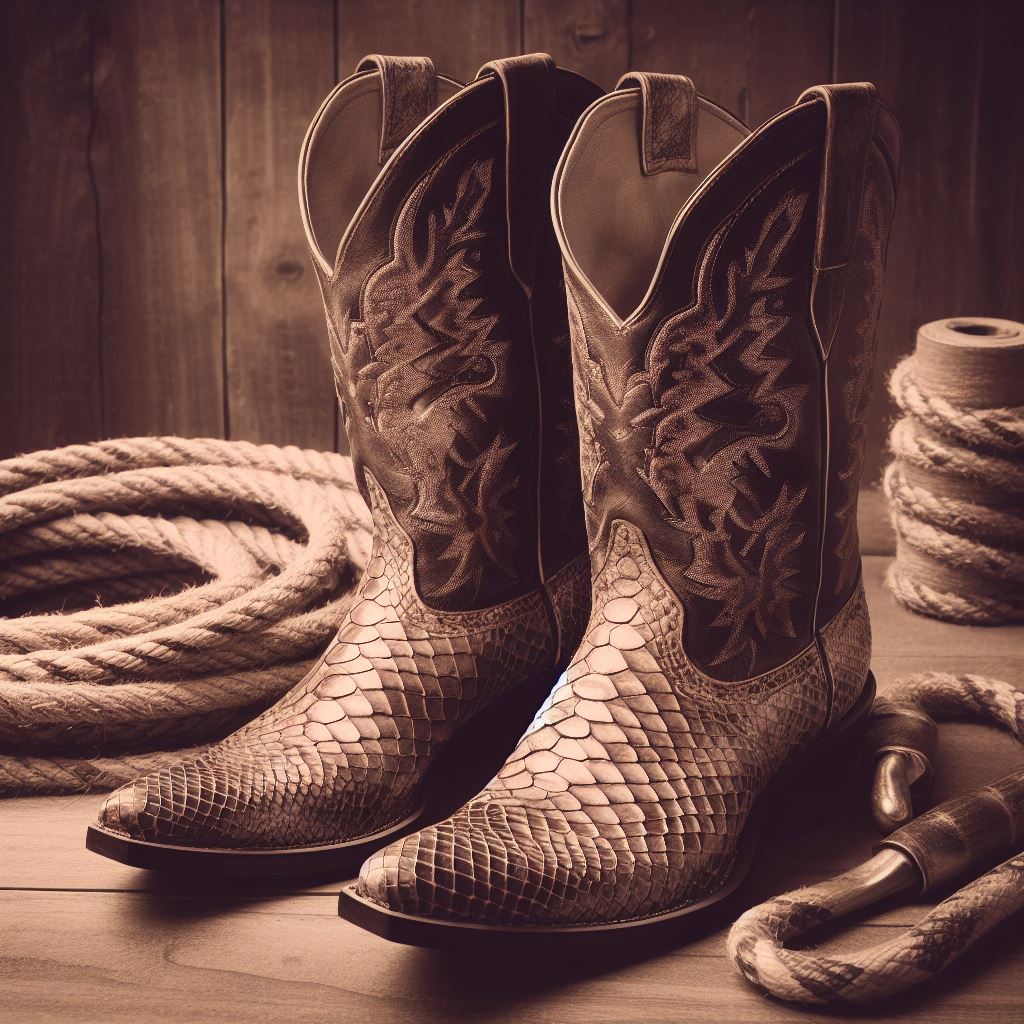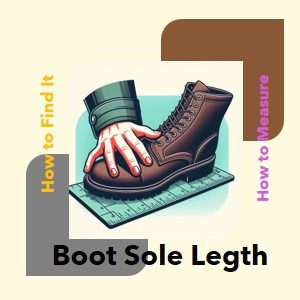Short Answer: Yes, you can wear rain boots in the snow, but there are important considerations to keep in mind for comfort and safety.
Table of Contents
ToggleAs winter approaches, we’re faced with the eternal footwear dilemma: can rain boots handle the snow? With icy winds and frosty sidewalks, we can’t help but question the practicality of our favorite wellies. But fear not! We’re delving into the rain boots versus snow boots debate, unraveling the secrets of warmth, traction, and style. So let’s gear up and embark on an exploration of the snowy terrain together!
Understanding the Differences: Snow Boots vs. Rain Boots
When contemplating the question, “can you wear rain boots in the snow,” it’s essential to understand the fundamental differences between snow boots and rain boots.
Snow Boots: The Cozy Commanders
Snow boots mean business. They’re the marshals of winter footwear, ready to battle frostbite and conquer snowy peaks. Here’s why they’re worth the investment:
Insulation Intensity: Snow boots wrap your feet in warmth. Insulated linings, cozy faux fur, and high-tech materials create a snug cocoon. When the mercury plunges, your toes will thank you.
Traction Triumph: Snow boots grip like mountain goats. Their rugged soles tackle icy patches with confidence. No more wobbly ballet moves on frozen sidewalks. Plus, they’re designed for snowy escapades, so slipping is less likely.
Fashion Meets Function: Snow boots have evolved beyond the bulky, utilitarian look. Brands like Sorel, Columbia, and The North Face blend style with snow-crushing performance. From sleek ankle boots to knee-high wonders, you’ll find a pair that screams “snow chic.”
Rain Boots: Waterproof Heroes or Cold Feet Culprits?
Rain boots, those resilient guardians against puddles and downpours, play a starring role in our winter wardrobe. But can they handle the snow? Let’s break it down:
Waterproof Warriors: Rain boots excel at keeping your feet dry. Their rubbery armor laughs in the face of slush and sleet. So, yes, you can wear your rain boots in the snow without fear of soggy socks.
The Warmth Quandary: Here’s where things get interesting. Rain boots aren’t exactly snuggly. They lack the cozy insulation found in dedicated snow boots. Picture your favorite wellies—wide openings, no hugging of ankles. Cold air slips in like an uninvited guest at a winter party. Solution? Layer up! Pair your rain boots with warm socks—think cable knit, fleece, or even down-filled wonders. These sock saviors will keep your toes toasty.
Traction Talk: Rain boots strut confidently on wet streets, but icy patches? Not their forte. Snow boots, with their specialized soles, offer better grip. If you’re tiptoeing around packed snow or navigating slippery sidewalks, consider swapping those rain boots for their sturdier cousins.
Can You Wear Rain Boots in the Snow?
Advantages
- Waterproofing: Rain boots are highly effective at keeping moisture out, which is crucial in snowy conditions.
- Versatility: If you find yourself wondering, “Can you wear rain boots when it’s not raining,” the answer is yes. They are versatile and can be used in various wet conditions, including snow.
Disadvantages
- Lack of Insulation: Rain boots do not provide the warmth needed for prolonged exposure to cold temperatures.
- Poor Traction: The soles of rain boots may not offer adequate grip on icy surfaces, increasing the risk of slipping.
Practical Tips for Using Rain Boots in Snow
 If you decide to wear rain boots in the snow, consider the following tips to improve comfort and safety:
If you decide to wear rain boots in the snow, consider the following tips to improve comfort and safety:
- Layering for Warmth
Since rain boots lack insulation, wear thick, moisture-wicking socks to keep your feet warm. Wool or thermal socks are excellent choices.
- Adding Traction
To address the issue of poor traction, you can use removable ice cleats or traction devices that fit over your rain boots. This can significantly reduce the risk of slipping on ice.
- Waterproof Liners
For added warmth and waterproofing, consider using boot liners. These liners can provide an extra layer of insulation and help keep your feet dry.
- Can I Wear Hunter Boots in the Snow?
Hunter boots, a popular brand of rain boots, can be worn in the snow with the appropriate modifications mentioned above. However, it’s crucial to ensure you are prepared for the cold and icy conditions.
Snow Boots vs. Rain Boots: A Comparative Analysis
When debating “are snow boots the same as rain boots,” a comparative analysis can help highlight the differences more clearly.
Feature: Snow Boots & Rain Boots
Insulation Thick insulation for warmth Generally lack insulation
Waterproofing Multiple waterproof layers Made from waterproof materials
Traction Rugged soles for better grip Flatter soles, less grip
Usage Ideal for snow and ice Best for wet, non-icy conditions
Are Rain Boots Good for Ice?
Rain boots are not ideal for icy conditions due to their flat soles and lack of traction. If you need to wear rain boots in icy conditions, using traction devices is highly recommended.
Snow Boots for Different Demographics
Snow Boots for Women
When selecting snow boots for women, consider factors such as insulation, waterproofing, and style. Women’s snow boots often come in various designs, combining functionality with fashion.
Snow Boots for Kids
Snow boots for kids should prioritize warmth, waterproofing, and ease of use. Look for boots with simple fastening mechanisms and durable construction to withstand active play.
Can Waterproof Boots Be Used in Snow?
While waterproof boots can be used in the snow, they may not offer the same level of warmth and traction as dedicated snow boots. If you plan to use waterproof boots in snowy conditions, ensure they have adequate insulation and consider adding traction devices.
How to Turn Rain Boots into Snow Boots
If you need to convert your rain boots into snow-ready footwear, follow these steps:
- Add Insulation: Use thermal or wool socks, and consider boot liners for extra warmth.
- Improve Traction: Attach removable ice cleats or traction devices to the soles of your rain boots.
- **Use Waterproof Liners:**Inserting waterproof liners can further enhance the waterproof capabilities and provide additional warmth.
Can You Wear Rain Boots in the Snow in Winter?
Wearing rain boots in the snow during winter is feasible, but it requires preparation. Ensure your feet stay warm and secure by following the practical tips mentioned earlier. Always prioritize safety and comfort to make the most of your rain boots in snowy conditions.
Community Insights: Can You Wear Rain Boots in the Snow Reddit Discussions
The question “can you wear rain boots in the snow” has been frequently discussed on platforms like Reddit. Many users share valuable insights based on personal experiences. Common themes include:
- Versatility: Many users appreciate the versatility of rain boots, especially when they need a quick solution for wet and snowy conditions.
- Layering Tips: Community members often recommend layering with warm socks to compensate for the lack of insulation.
- Safety Concerns: There are numerous discussions about the importance of traction and the risks of slipping on ice.
For further community insights, you can explore discussions like this one on Reddit.
Conclusion
Rain boots can be a practical option for snow with the right modifications, but they are not a substitute for snow boots. Understanding the differences and preparing appropriately can ensure you stay warm, dry, and safe in snowy conditions.
By following these guidelines and considering the detailed analysis provided, you can make an informed decision about wearing rain boots in the snow. Whether you are preparing for a winter adventure or just navigating a snowy day, ensuring your footwear meets the demands of the environment is crucial.
Frequently Asked Questions
Can you wear rain boots in the snow?
Yes, you can wear rain boots in the snow, but there are important considerations to keep in mind, such as warmth and traction.
What are the main differences between snow boots and rain boots?
Snow boots feature thick insulation, multiple waterproof layers, and rugged soles for better grip. In contrast, rain boots are primarily made from waterproof materials like rubber or PVC, generally lack insulation, and have flatter soles.
Are rain boots good for ice?
Rain boots are not ideal for ice due to their flat soles and lack of traction. Using removable ice cleats or traction devices can help improve safety on icy surfaces.
How can I make rain boots suitable for snow?
To make rain boots more suitable for snow, you can:
- Wear thick, moisture-wicking socks for warmth.
- Add removable ice cleats or traction devices for better grip.
- Use boot liners for additional insulation and waterproofing.
Can I wear Hunter boots in the snow?
Yes, you can wear Hunter boots in the snow with the appropriate modifications, such as adding warm socks and traction devices.
Are snow boots the same as rain boots?
No, snow boots and rain boots are not the same. Snow boots are designed for cold, snowy conditions with better insulation and traction, whereas rain boots are designed to keep your feet dry in wet conditions and generally lack insulation and sufficient grip for icy surfaces.
Can waterproof boots be used in snow?
Waterproof boots can be used in the snow, but they may not offer the same level of warmth and traction as snow boots. Ensure they have adequate insulation and consider adding traction devices for icy conditions.
How can I turn rain boots into snow boots?
To turn rain boots into snow boots:
- Add thermal or wool socks.
- Attach removable ice cleats or traction devices.
- Insert waterproof liners for extra warmth and waterproofing.
What tips should I follow when wearing rain boots in the snow?
When wearing rain boots in the snow, follow these tips:
- Wear thick, warm socks.
- Use traction devices for better grip.
- Consider waterproof liners for additional insulation.
Can you wear rain boots in the snow in winter?
Yes, you can wear rain boots in the snow during winter, but you must ensure your feet stay warm and secure by using the appropriate modifications like thermal socks and traction devices.
What do Reddit users say about wearing rain boots in the snow?
Reddit users often share personal experiences, suggesting that while rain boots are versatile for wet conditions, layering with warm socks and using traction devices are essential for safety and comfort in snowy conditions. Explore more insights in discussions like this one.








